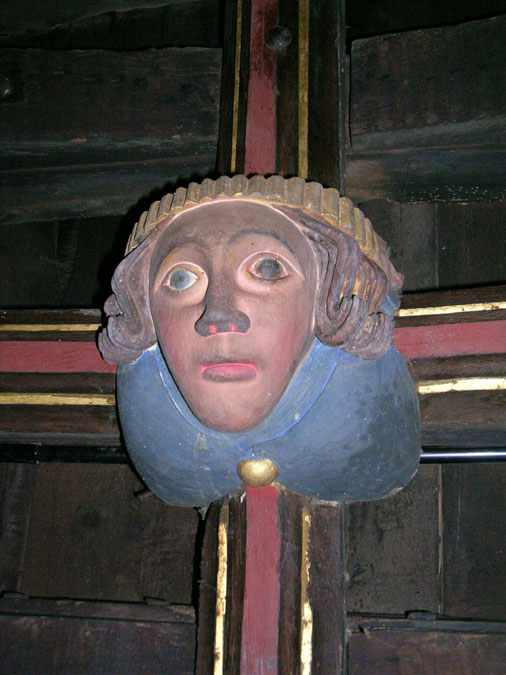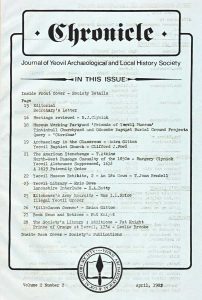This article came from the Chronicle
Volume 2(2) published April 1982. Page 19
ARCHAEOLOGY IN THE CLASSROOM
Author: Moira Gittos
During the course of this academic year, I am introducing the subject of archaeology to seven and eight-year-olds at East Coker School. This is one of a number of activities in which the children of Class can choose to participate as part of a ‘Hobbies Club’. The class has been divided into groups of five, who spend half an afternoon each week for several weeks, learning about the objectives, techniques and results of archaeology. I have had the wholehearted co-operation and support of the Yeovil Museum, Working Party, who have loaned us a great deal of excavated material for the children to handle.
The sessions deal in turn with the topics of pottery, building materials, metalwork, and lamps. The children have boon able to examine a wide range of Roman objects, including pottery, tiles, nails, window glass, wall plaster, brooches, bone counters, and They have enjoyed arranging tesserae to copy actual pavement designs, and a session yet to come will give them the opportunity to see the bones from an infant burial. All this material has been backed up by photographs, plans and illustrations from books to explain both the manner in which these objects have been discovered and to put them into context of how they would have appeared and been used when new. Some children have brought in objects for us to look at and discuss. These have ranged from old coins to an early 20c packet of needles and whilst they cannot strictly be regarded as archaeology, do demonstrate that the children have an interest in the past and a desire to learn about it. I feel that the opportunity to handle the genuine object, examine how it was made and used, has perhaps brought these children to the subject rather earlier than is usual and in a somewhat more lively fashion.
Finally, I must again thank the Working Party, and in particular Mr Hayward, without whose help the project would have been impossible. As a last note, one interesting feature to emerge from this undertaking, is that the material used is to be kept together to form a loan collection for the use of local primary schools. It would be good to think that this might lead to a more exciting approach to the teaching of early history in Yeovil.

